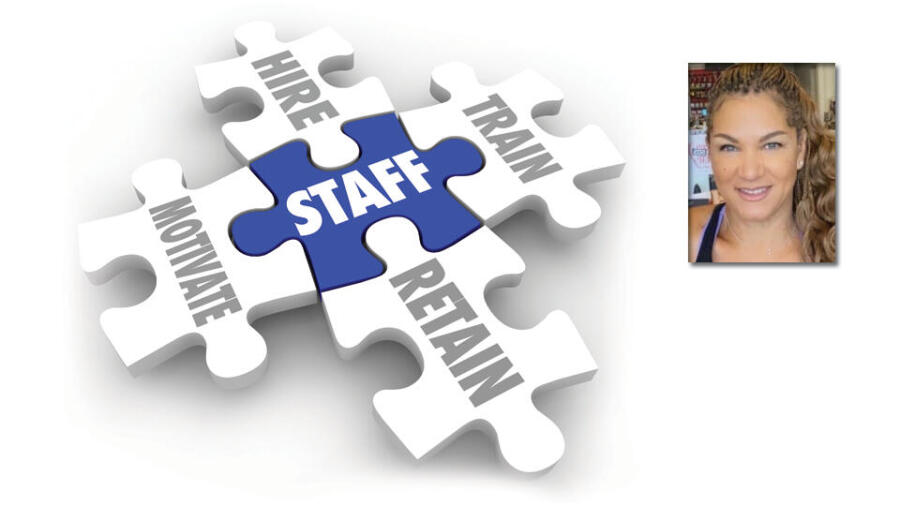“Welcome to the team!” I must have said that more times than I can count in 2020 and 2021, to new employees that were hired and then no longer employed with us within a matter of weeks. Some ended up looking for stay-at-home positions, while others simply seemed to be avoiding all responsibilities and daily tasks.
Even as business improves for the adult industry, employee retention has apparently been moving in the opposite direction. Although I am positive that this is not just an adult industry issue, it still raises the question: what should I, as a store manager or owner, be doing differently to reduce turnover, and to keep and cultivate a motivated staff?
As a business owner or manager, being more in tune with employees' long-term and short-term goals helps in the training process and improves position placement from the very beginning.
The U.S. now has more job openings than at any time in history. In Vegas, at Adam & Eve’s Charleston Boulevard location, we are in heavy competition for employees with the casinos, which have decided to solve their employee shortage by throwing money at the issue, sometimes offering double and triple minimum wage to get bodies on the floors of their establishments. This is probably not a realistic approach for many smaller businesses.
After a lot of research and conversations with other business owners, some adult-related and some not, we all seemed to have similar ideas of what we thought would help employee retention. After much trial and error, here are the top four strategies that seem to be working for us.
- Put more effort than ever before into getting to know all of the staff, starting with the hiring and onboarding process. As a business owner or manager, being more in tune with employees' long-term and short-term goals helps in the training process and improves position placement from the very beginning.
- Clearly communicate with employees regarding their career growth and earning potential at the start of employment. Invite feedback, and minimize the time periods in between performance reviews as a part of your company structure. This has given our current employees a different outlook on their positions within the company. An employee’s perception of the opportunities that a part-time job offers can make them take the job more seriously. When they know that being a shift leader or manager is a very real possibility, inevitably leading to a bigger paycheck, staff becomes more motivated.
- Change your monthly meetings to weekly meetings, and make the time to discuss store-related changes and issues, good or bad. Discussing issues allows for them to be resolved quicker and not left to fester and remain unclear. During these meetings, you can also address short- and long-term sales goals, and meeting them can be celebrated as a group. This makes each employee feel more a part of a team, and makes them feel appreciated.
- Identify, early on, the employees that just aren't the right fit — you know who they are from the first red flag. We can't be mind readers, or know the future, but close observation of how new employees perform and paying attention to who follows the rules and company policies will definitely weed out the employees that are disinterested. In our store, we decided early on not to let being short-staffed or overworked stop management from moving forward without an employee who does not have the business's best interest in mind. The “Slow to hire, quick to fire” rule of thumb has seemed to work. Training new employees costs money, and finding out sooner rather than later saves time and money. These unmotivated employees can sometimes ruin the morale of the motivated employees, causing discord and more turnover.
- Consider offering additional benefits to full-time employees, such as health insurance and bonuses for individual performance. It is my hope that sharing some of these ideas will help others in the industry who are struggling with the same challenges. Happy selling, my industry family!
With more than 20 years working in retail, Carmen Miller-Branch is now the owner of an Adam & Eve franchise store in Las Vegas.








